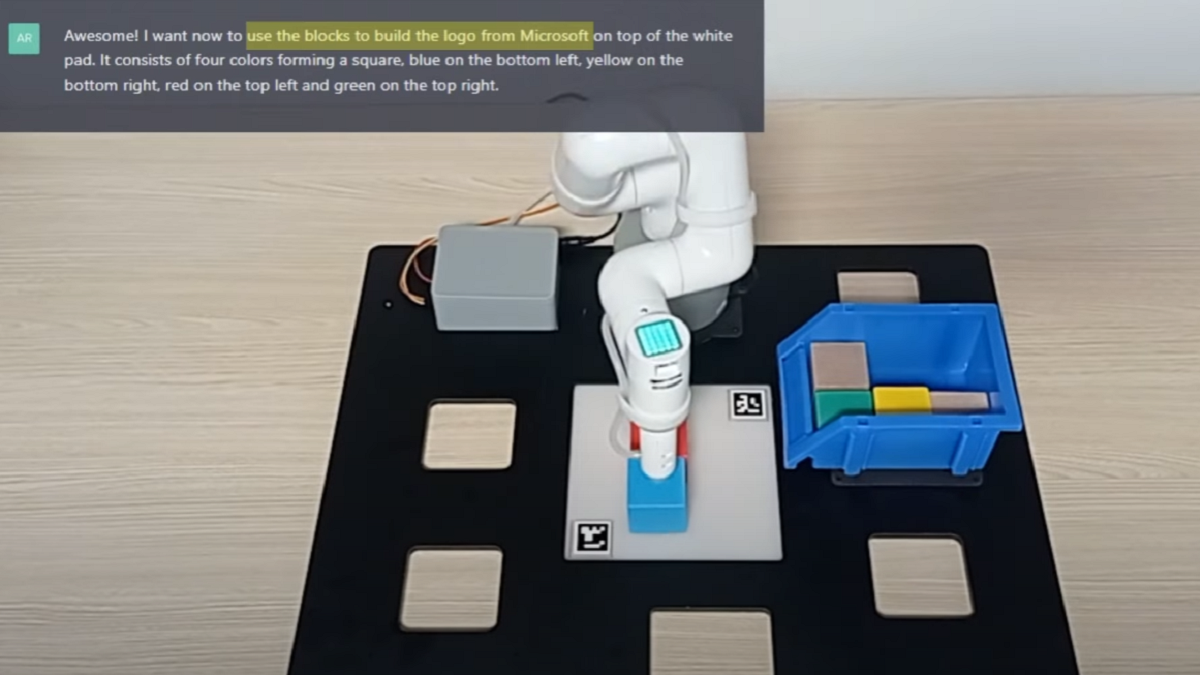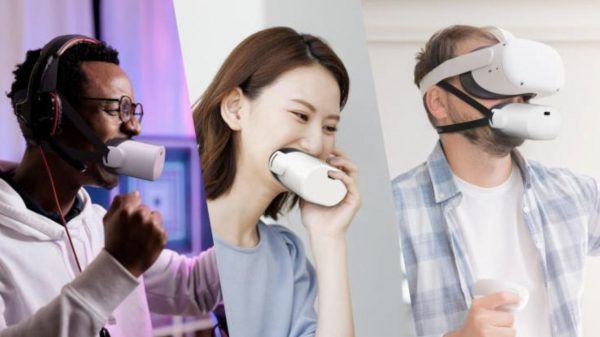Ever since it was launched, OpenAI’s ChatGPT has been one of the most talked about AI and its promising potential sent the likes of Google and Meta rushing to launch their own AI models to battle ChatGPT.
Microsoft on the other hand has reportedly invested $10 billion into ChatGPT and is looking to utilise the AI’s capabilities beyond a language model.
Researchers at Microsoft have announced an experimental framework that’ll allow users to control robots and drones using ChatGPT. “Our team has been exploring how we can change this reality and make natural human-robot interactions possible using OpenAI‘s new AI language model, ChatGPT”, the company wrote.
As a language model that uses natural language commands, ChatGPT can write a unique code that can control robot movements after which a person can view the results and adjust to their likeness until the robot completes the task.
ChatGPT commanding robots
In the company’s research paper titled ChatGPT for Robotics: Design Principles and Model Abilities, Microsoft wrote that its goal with the research is to “see if ChatGPT can think beyond text, and reason about the physical world to help with robotics tasks. We want to help people interact with robots more easily, without needing to learn complex programming languages or details about robotic systems.”
Microsoft also shared videos on how ChatGPT’s written code is being used to control robots. We see a robot tasked with using a set of blocks to make the iconic Windows logo as well as a video of a flying drone inspecting items on a shelf.
“It turns out that ChatGPT can do a lot by itself, but it still needs some help,” the company wrote. The researchers went on to teach ChatGPT a custom robotics API that’ll allow the language model to interface with robotics. Instructions such as “Pick up the ball” will see ChatGPT generate robotics control code as it would when writing an essay or poem.
This generated code will then be inspected and edited by a human for accuracy and safety before executing the task and evaluating its performance afterwards. The company wrote that “the key challenge here is teaching ChatGPT how to solve problems considering the laws of physics, the context of the operating environment, and how the robot’s physical actions can change the state of the world.”
And although ChatGPT can accelerate robotic control programming, the paper acknowledges that it is not an autonomous system. “We emphasise that the use of ChatGPT for robotics is not a fully automated process,” reads the paper, “but rather acts as a tool to augment human capacity.”
ChatGPT is becoming more popular and is gradually making its way into becoming more than just an AI language model. While its integration with robotics is still in the early stages, researchers from the Windows company believe their work is “just the start of a shift in how we develop robotics systems,” and hopes to “inspire other researchers to jump into this exciting field.”
Isa Muhammad is a writer and video game journalist covering many aspects of entertainment media including the film industry. He's steadily writing his way to the sharp end of journalism and enjoys staying informed. If he's not reading, playing video games or catching up on his favourite TV series, then he's probably writing about them.






































